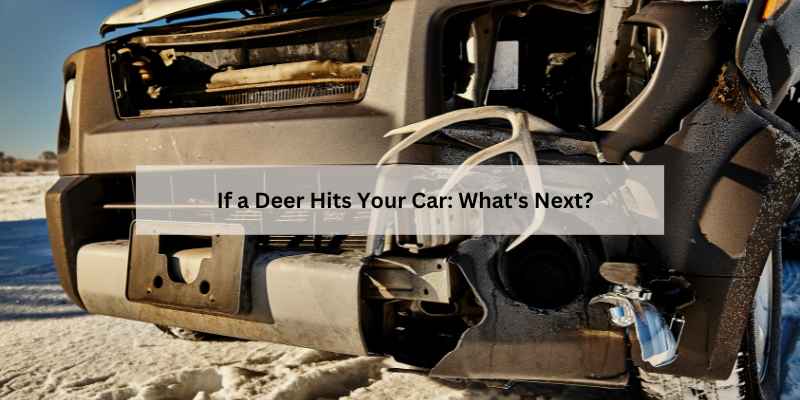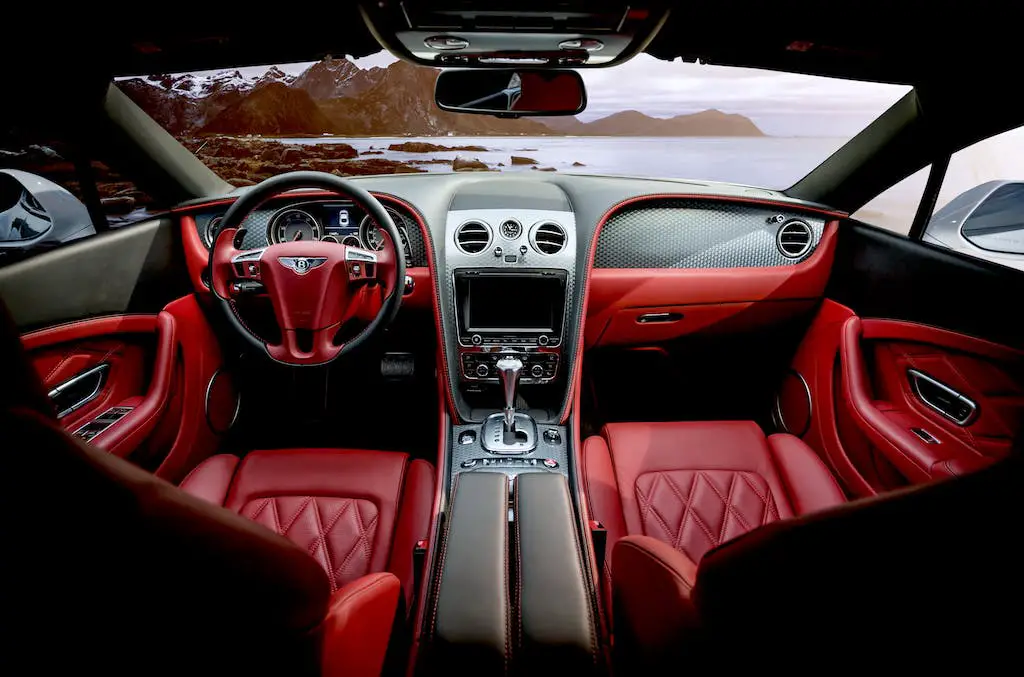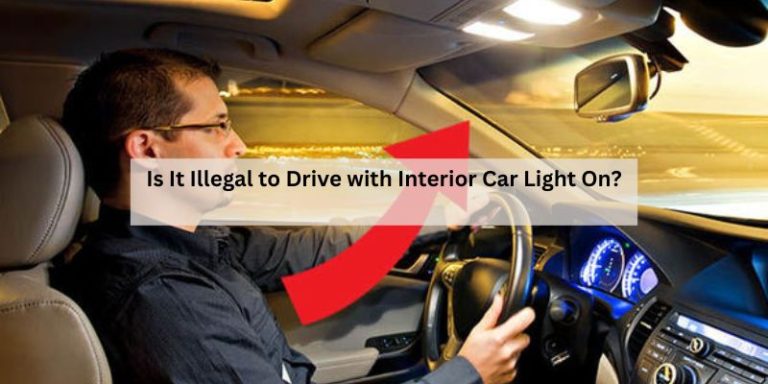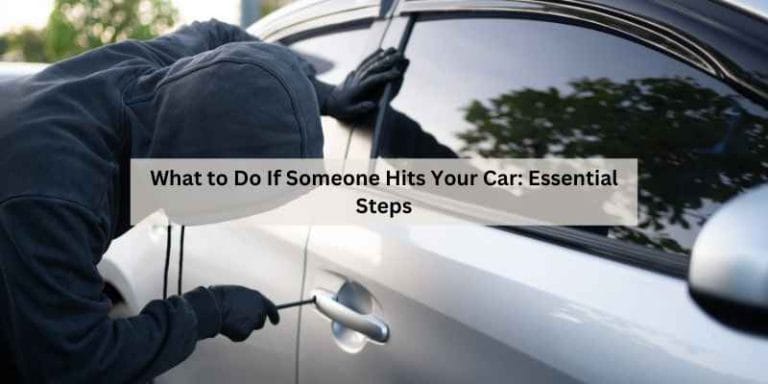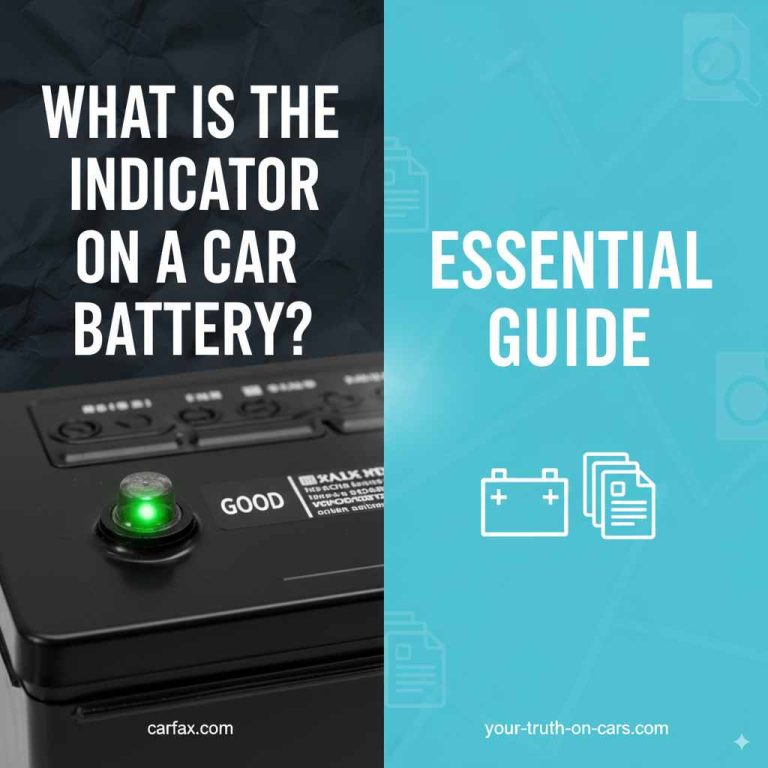If a Deer Hits Your Car: What’s Next?
If a deer hits your car, stop immediately and check for injuries. Contact local authorities and your insurance company to report the incident.
Deer collisions can occur unexpectedly, especially during dawn and dusk when deer are most active. These accidents can cause significant damage to vehicles and pose serious risks to drivers and passengers. Understanding what to do after such an incident is crucial.
Knowing how to handle the aftermath can reduce stress and ensure safety. This guide outlines the steps to take immediately after a deer strike, including assessing damage, dealing with injuries, and notifying authorities. Being prepared can make a difference in managing the situation effectively and avoiding potential complications. Stay informed to protect yourself and others on the road.
The Unexpected Encounter
After a deer hits your car, check for injuries immediately. Make sure everyone is safe. Turn on your hazard lights to alert other drivers. Move to a safe area, away from traffic.
Next, assess your vehicle’s condition. Look for visible damage and leaks. If the car is unsafe to drive, call for roadside assistance. Do not attempt to drive away if the car is severely damaged.
Always stay calm. Panic can lead to poor decisions. Wait for help to arrive, and keep a safe distance from the road.
Safety First
After a deer hits your car, safety is the top priority. Move your vehicle to a secure location. This helps prevent further accidents. Turn on your hazard lights to alert other drivers.
Use flares or reflective triangles to signal your presence. Keep a safe distance from the road. Stay inside your car until help arrives. If you must exit, check for traffic first.
Inform other drivers of the situation. Use hand signals or bright clothing to gain attention. Always be aware of your surroundings. Stay calm and assess the situation carefully.
Evaluating The Situation
After a deer hits your car, stay calm. First, check for injuries to yourself and passengers. Look for bleeding or pain. Call for help if anyone needs medical attention.
Next, assess the vehicle damage. Look for dents, scratches, or broken parts. Check the headlights and taillights. If the car is unsafe to drive, call a tow truck.
Take photos of the damage and the scene. Document the location and the time of the accident. This information will help with insurance claims.
When To Call The Authorities
After a deer hits your car, it’s important to know when to call the authorities. Always report the accident to the police. They can help with the necessary documentation.
In many places, you must report wildlife collisions. This helps track animal populations and road safety. Failing to report may lead to fines or legal issues.
Check local laws about wildlife accidents. Some states require a report for any deer collision. Always keep a record of the incident for your insurance.
Documenting The Incident
After a deer hits your car, documenting the incident is essential. Start by taking clear photographs of the damage. Capture images of the deer, the vehicle, and the surroundings. This evidence will help with insurance claims.
Make sure to write down important notes about the event. Include the time, location, and weather conditions. Note any witness information. This can support your case later.
Keep all documents together. This includes police reports, photographs, and notes. Having organized evidence makes the process smoother.
Dealing With Insurance
Understanding your insurance coverage is important after a deer hits your car. Most policies cover animal collisions, but details vary by provider. Check your policy to see what applies.
Filing a claim involves several steps. First, contact your insurance company to report the accident. Provide details about the incident and any damage. Document the damage with photos if possible. This will help speed up your claim process.
Keep records of all communications with your insurer. This includes phone calls and emails. Follow up if you don’t hear back within a few days. Always stay informed about your claim status.
Car Repairs And Estimates
Finding a repair shop after a deer hits your car is crucial. Choose a shop with good reviews and experience. Ask friends and family for recommendations. A reputable shop will give a detailed estimate.
Getting an estimate is important. This helps you understand the repair costs. Most shops will inspect the car and provide a written estimate. Always compare estimates from different places.
For handling repair costs, check your insurance policy. Some policies cover animal collisions. If you have a deductible, ask about payment plans. Many shops offer financing options to make payments easier.
Preventive Measures
To avoid deer collisions, drive slowly in areas with deer signs. Use high beams at night when safe. Keep an eye on the road and surroundings. Watch for deer crossing signs.
Stay alert during dawn and dusk. These are peak times for deer activity. Avoid distractions like phone use while driving. Always wear your seatbelt for safety.
| Driving Tip | Description |
|---|---|
| Slow Down | Reducing speed gives more reaction time. |
| High Beams | Use them in dark areas to see better. |
| Stay Alert | Be aware of your surroundings at all times. |
Technological aids can help detect deer. Some cars have deer detection systems. These systems use sensors and alerts to warn drivers. Consider investing in these safety features.
Understanding Deer Behavior
Understanding deer behavior helps drivers stay safe. Deer often travel during migration seasons. They move to find food and mates. This migration usually happens in autumn and spring. During these times, deer are more active near roads.
Seasonal changes affect deer movement. In fall, deer search for food before winter. In spring, they look for partners to mate. Early morning and dusk are peak times for deer activity. Watch out for deer crossing the road during these hours.
Being aware of migration patterns can prevent accidents. Drivers should stay alert in areas with high deer populations. Remember, deer may appear suddenly. Slowing down can save lives and prevent damage to your car.
Legal Considerations And Wildlife Laws
Understanding state regulations is vital after a deer hits your car. Each state has its own laws regarding wildlife accidents. Some states require you to report the incident. Others allow you to keep the deer if you find it dead.
Insurance policies may also vary based on your state. Many insurance companies cover damages caused by deer. Check your policy for details on coverage.
| State | Reporting Required | Keep the Deer |
|---|---|---|
| California | Yes | No |
| Texas | No | Yes |
| New York | Yes | No |
Taking responsibility for your actions is crucial. Always check for injuries to the deer and yourself. Seek help from wildlife authorities if needed. Understanding these laws helps you stay compliant and safe.
Emotional And Psychological Impact
Experiencing a deer hitting your car can cause deep emotional stress. Feelings of shock and fear are common. It’s important to acknowledge these feelings. Talking about the event can help in healing.
Coping with trauma may require time and patience. Engage in relaxation techniques like deep breathing or meditation. Finding joy in hobbies can distract from negative thoughts.
Seeking support from friends and family is vital. Sharing your experience can lighten the emotional load. Consider professional help if feelings overwhelm you. Therapists can provide tools to manage anxiety.
Learning From The Experience
Experiencing a deer collision can be surprising and scary. Learning from this event is essential. Many resources can help educate drivers about wildlife encounters. Websites and local workshops offer valuable information. These resources teach safe driving practices in deer-populated areas.
Community awareness initiatives also play a vital role. Local groups often organize events to raise awareness. They distribute brochures and host talks about deer safety. Involving the community helps everyone stay informed. Together, we can reduce accidents and protect wildlife.
Frequently Asked Questions
What Should I Do After A Deer Hits My Car?
If a deer hits your car, first check for injuries. Ensure everyone is safe before exiting the vehicle. Move your car to a safe location if possible. Contact local authorities to report the incident and document any damage for insurance claims.
Always take pictures for evidence.
Will My Insurance Cover Deer Accidents?
Most comprehensive auto insurance policies cover deer-related accidents. Check your policy to confirm coverage details. You may need to pay a deductible before receiving compensation. Contact your insurance provider for guidance on filing a claim after the incident. They will assist you through the process.
How Can I Prevent Deer Collisions?
To reduce deer collisions, stay alert, especially during dusk and dawn. Use high beams when possible, but dim them when cars approach. Slow down in areas with deer crossing signs. Installing deer whistles may also help. Always be cautious and watch for deer crossing the road.
Are Deer Accidents Common In Certain Seasons?
Yes, deer accidents are more common during mating season, which typically occurs in the fall. In spring, deer are often more active as they care for their young. This increased activity leads to a higher risk of collisions. Remain vigilant during these peak seasons to stay safe.
Conclusion
Deer collisions can be stressful and costly. Always prioritize safety for yourself and others on the road. After an incident, document the damage and contact your insurance. Remember, understanding deer behavior can help you avoid future accidents. Stay vigilant, especially during dawn and dusk, for a safer driving experience.

